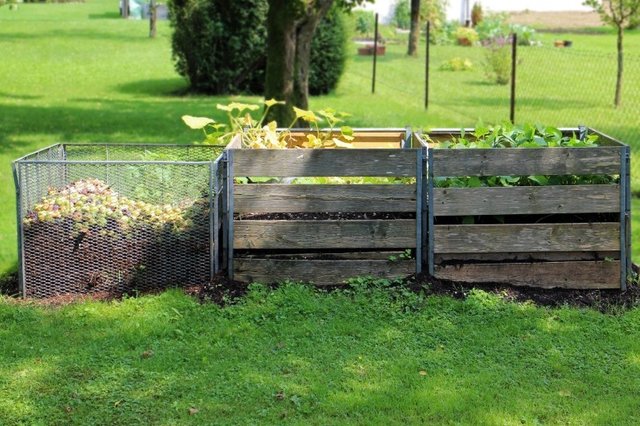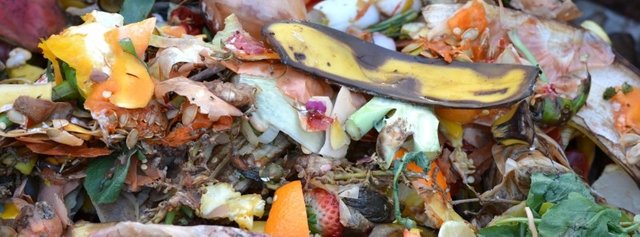Composting in the Permaculture Garden

One of the key tenets of permaculture is that we should always strive to return surplus to the system. Working with nature to complete the cycle by composting our food waste, paper, cardboard and garden waste is one great way to keep the system in our gardens ticking over. A permaculture garden could not be a sustainable success without an effective composting system. Soil health is all important when it comes to producing a healthy yield of fruit, vegetables and other useful plant derived items, as well as for maintaining a good diversity of garden flora and fauna.
Creating Good Compost:
Composting is really easy. But there are certain things that you should remember if you want your compost to be a success. Firstly, there are different composting methods. You can go for a traditional cold compost heap, a sealed container or a hot composting system. There are certain refinements that you can make but really all you need for a successful compost heap is time and successive layers of ‘green’ and ‘brown’ material.
‘Green’ materials include nitrogen rich items such as: leafy plant matter, grass cuttings, most garden weeds (that have not gone to seed), vegetable peelings, tea and coffee grounds and a variety of kitchen scraps (not meat or fish unless you are hot composting).

‘Brown’ materials include dry leaves, straw or hay, woody stems and twigs, newspaper and shredded (non-glossy) paper or cardboard, wood ash (not that from coal or other fuels) and egg shells. The brown materials are rich in carbon.
By layering these materials, alternating between the two, keeping your compost moist but not waterlogged and allowing nature to do its job, you will end up with a good quality compost at the end of the process.
Using Good Compost:
A top dressing of good quality home made compost can really improve the soil health in your garden and help the plants you are growing there. If you do not have a garden then you can still often have a small composting system and even in a tiny yard or on a balcony you can plant up containers using your own compost.
In a permaculture garden, often a ‘no till’ or ‘no dig’ gardening approach is taken so soil is amended by top dressing in most instances rather than my digging in. It is thought that will the addition of good quality compost and home made organic mulches of grass clippings, for example, or leaf mould, the soil will improve without any disruption to the microbial helpers and other beneficial creatures which live in the top layers of soil.
Handy Helpers:
Microbial links below the soil are part of a fragile ecosystem which, if disturbed, cannot work as nature intended. We can work with nature rather than against it in our gardens when we make compost and use it sensitively on the land.
"Feed your soil and soil will feed your plants."
Microbes and other tiny things are not the only garden ‘helpers’. Other creatures help you in your garden and some will help you make a great compost. One way to create compost (which can be a good solution in smaller spaces) is with the help of worms. You can buy a specific type of worm then put them to work in a container into which you can put much of your food and paper waste. This vermiculture is one way to use natural processes to our advantage. Even in a regular compost heap, normal earth worms will help to speed the processes along, which is why you should always make sure there is access to the bottom of your compost and it is not sealed off from the soil
beneath.
Chickens also go hand in hand with composting and will really help you. They will not only provide materials in the form of their bedding and manure, they will also scratch up a compost heap and help it all to break down. They are great garden helpers.
These are just two of the many garden helpers you could have. You are not alone. Whether you compost at home or through a community scheme, start composting today and you and those who share your garden with you will soon feel the benefits.

Photo credit: Celine Massa via Visualhunt.com / CC BY-NC
Composting toilette. Have you ever tried? Do you know how it works and how to build? Would like to learn more? Let us know!